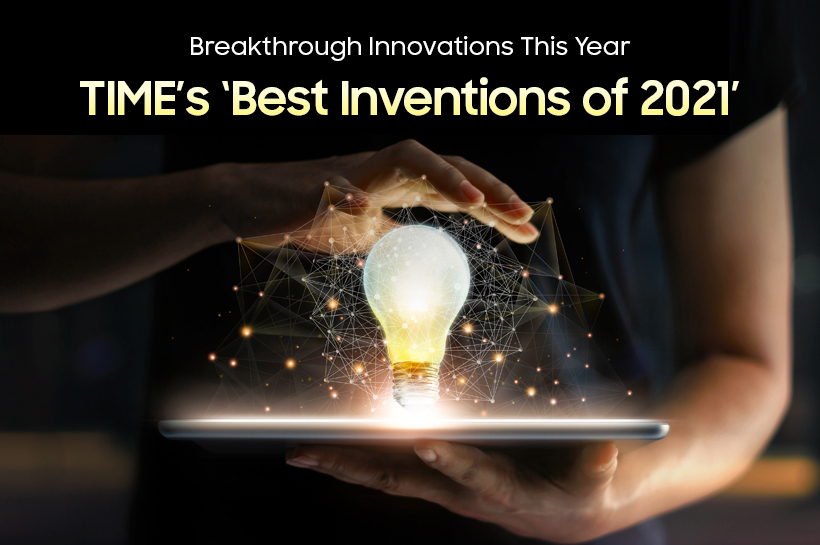
Every year, astounding new technologies are introduced! Some products and services set a milestone in the history of their industry by creating a seismic shift. Time magazine annually selects innovative products and services that amaze the world for its ‘100 Best Inventions’ list, and this year’s selection showcases yet another list of incredible products. Scroll down to learn more about the amazing technological advances made despite the pandemic that made it into Time magazine's ‘100 Best Inventions of 2021’!
Functionality and Portability in a Single Device: Samsung’s ‘Galaxy Z Flip3’
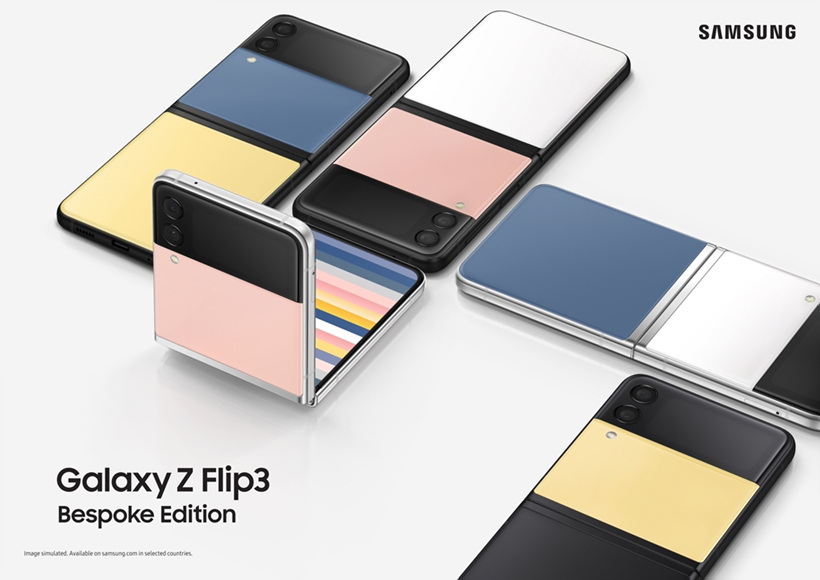
The most buzzworthy smartphone of this year is undoubtedly Samsung’s Galaxy Z Flip3! Galaxy Z Flip3 was the only smartphone model that was included in the electronics category of Time magazine’s ‘Best Inventions of 2021,’ boasting its strong presence. According to Time, “Over the years, manufacturers have been trying to merge functionality with portability” for their smartphones, but Samsung seems to be the only one that “nailed it”. The magazine also noted that Samsung’s Galaxy Z Flip3 is “as compact as devices from two decades ago,” but at the same time, offers “a vibrant 6.7-inch display, with another screen on the front cover so you can easily read messages or screen calls when it’s closed.” In addition, Time also mentioned that it is the first mainstream phone with a foldable display that is “priced below $1,000”.
Working on Five Screens Simultaneously: Lenovo’s ‘ThinkReality A3 Smart Glasses’
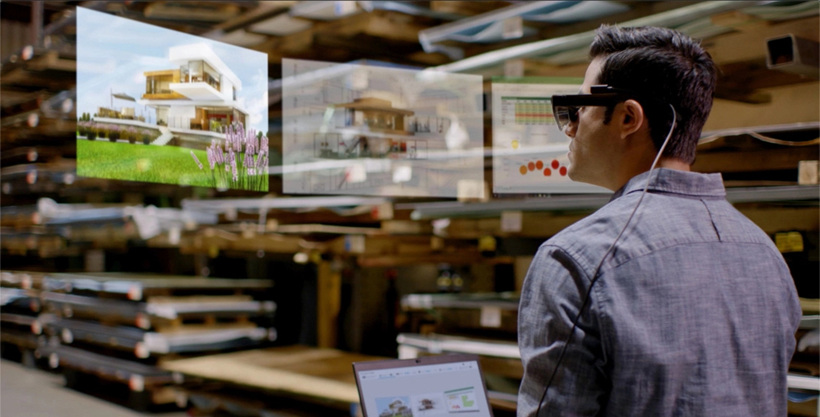
Instead of turning on your computer screen or opening up your laptop and foldable smartphone at your desk, you might soon be able to simply put on a pair of smart glasses to start working on your tasks. Lenover’s ThinkReality A3 Smart Glasses can be connected to the desktop or a smartphone such as Motorola One via a USB-C cable, which will allow you to start multi-tasking with up to five virtual screens unfolding in front of your eyes. With a simple gaze, you can operate the screens as if you were using a keyboard, trackpad, or mouse while streaming music on the playlist embedded in the headset.
Safe and Remote Control Autonomous Inspection & Monitoring Platform: Percepto’s ‘AIM’

Percepto, leading autonomous inspection with industrial robotics, offers its Autonomous Inspection & Monitoring Solution (AIM), a solution for autonomous inspection and monitoring that allows businesses to respond to emergencies and comply with safety and environment guidelines with the support of AI-based industrial software solutions, drones, and robots with proven impact. As the solution enables various inspections and security management online and can even help businesses respond to serious errors and disasters remotely, it meets the needs of the new contactless era.
Child-Friendly Emotional Support Companion: Expper Technologies’ ‘Robin the Robot’

Expper Technologies' robot ‘Robin’ has been a good friend to lonely children who are hospitalized for the long term. Its AI-enabled software can read facial expressions and understand conversations, which allows emotional interactions. With its start as a pilot study at Wigmore Clinic in Yerevan, Armenia, Robin is being used in 12 facilities worldwide and set to be deployed in pediatric wards in Boston and LA to keep children company.
Personal Trainer at Home: Tonal's ‘High-Tech Training’
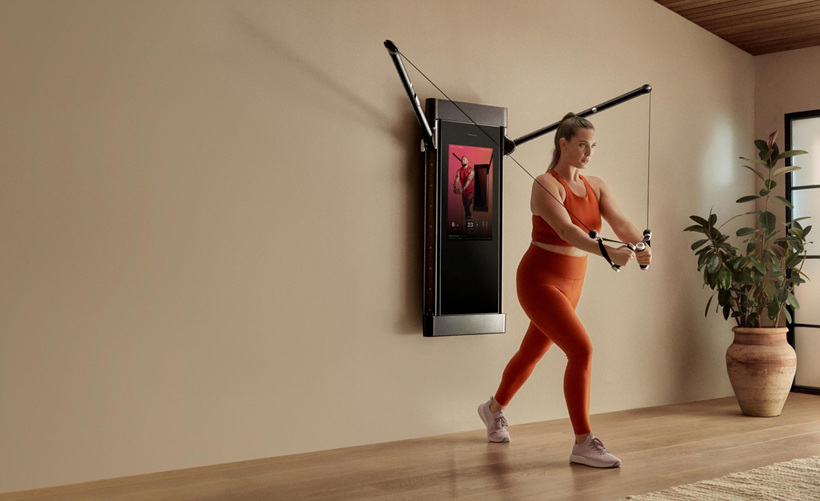
Spending increasingly more time at home, many people are concerned about getting significantly less workout these days. Tonal's High-Tech Training is a home gym system designed to help users to gain muscles and lose weight more effectively. Users can access a wide variety of training programs and information by touching the 24-inch LED display embedded in the rectangular equipment. It also comes with two arms that stick out and return to position on each side with a click of a button, and users can use these arms for intense strength training workouts.
Portable Wheelchair with Folding Wheels: REVOLVE’s ‘Revolve Air’
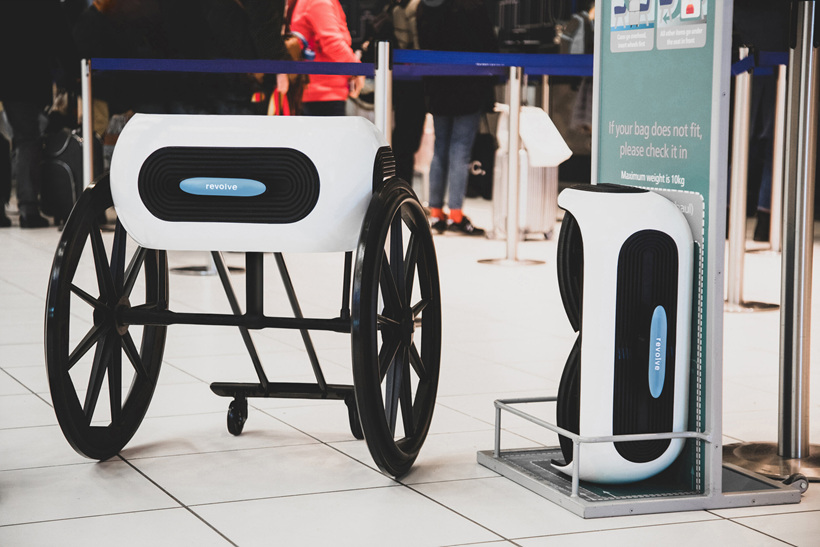
Andrea Mocellin, a former Ferrari designer and renowned inventor from Germany, created Revolve Air — a wheelchair that can be reduced by 60% in size by folding the frame and the wheels. Enhanced in mobility and portability, Revolve Air can fit into a car trunk, a passenger seat and even the overhead compartment of a plane. Revolve Air makes it easy for a user to take public transport and travel alone, and most importantly, achieves excellent design.
AI Visual Aid that Reads Text: OrCam’s ‘OrCam Read’

OrCam Read is an optical character recognition (OCR) device that can read full pages of text with the push of a button. The device’s smart camera can recognize text on any surface including printed documents and displays and can select particular sections such as newspaper headlines. People with severe hand tremor can use OrCam Read. In addition, the device can be connected to a bluetooth speaker so that the user can instantly listen to the audio file of the text. OrCam Read is the first AI digital reader for anyone with reading difficulties, including those who are partially sighted or dyslexic.
Brain-Computer Interface Technology that Reads Minds of Paralyzed Patients: Synchron’s ‘Stentrode’

Strentrode is a device that can be inserted near the brain’s motor cortex — in the same way that a stent is implanted into the heart of a patient with angina — to help movements of patients in paralysis. The neural signals in the brain are detected by the electrodes of Stentrode and transmitted to a wireless unit implanted in the chest, which can then transmit the signals to a computer. People with Stentrode implanted can use their thoughts to use digital devices to write text messages and emails, to operate smart home functionalities, and to shop online, among other activities.
Besides the creations mentioned in this article, Time named ‘best inventions’ standout technologies and products and services that demonstrated potential for the future. Covid-19 raged on, causing more economic and social restrictions than ever, but 2021 saw no limits in technological advances with adjustments made for the contactless era. We look forward to new great inventions, created without fear or hesitation, but with boldness, continuing to work for the betterment of the world!
※ This article holds the editor’s opinion, and Samsung Display Newsroom’s stance or strategies are not reflected.









